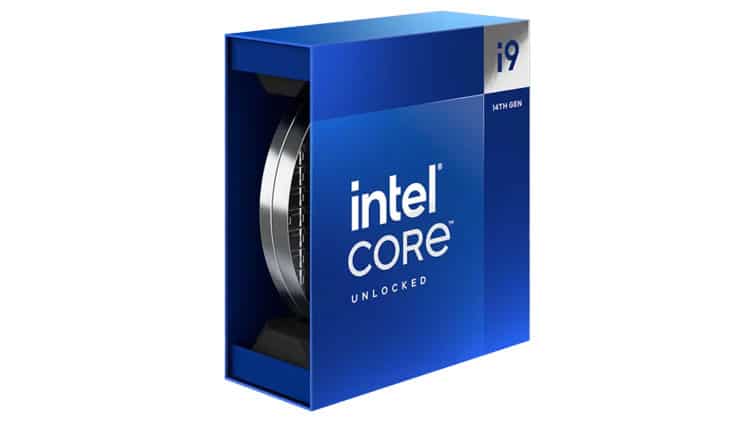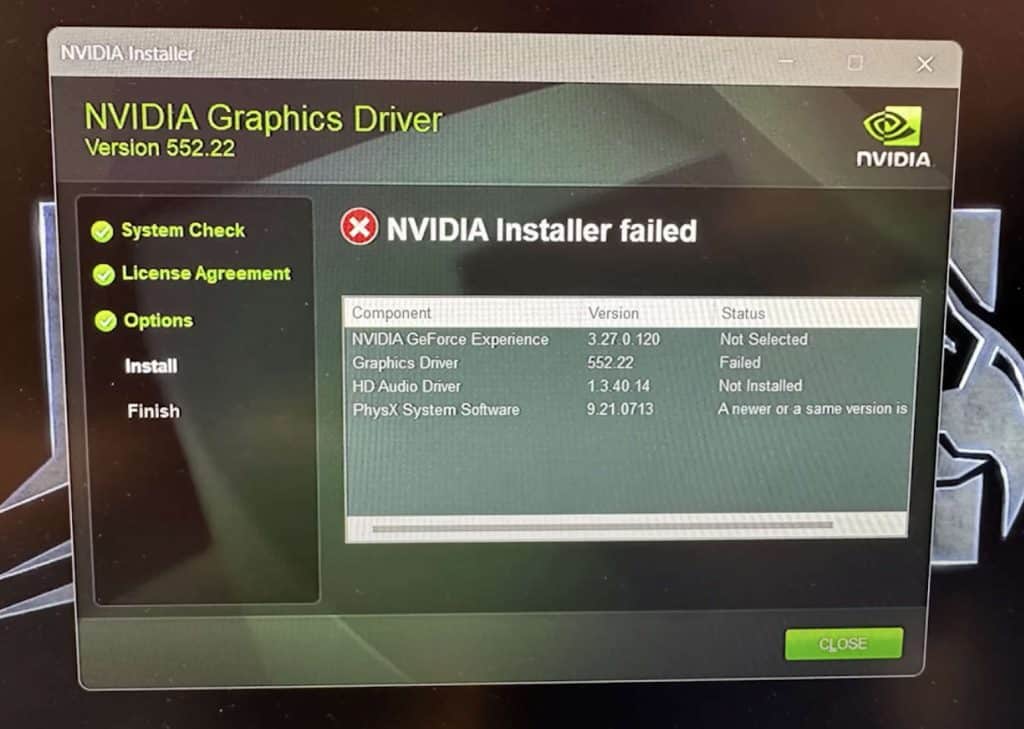Things don’t look so good for Intel since the damage to the affected processors seems to be final and not reversible. This could bring down Intel. Imagine thousands or even millions of CPU RMAs and possible enormous lawsuits against the company.
But let’s take things from the start. Intel confirmed already that it will release a patch in mid-August to address the elevated voltage issue that seems to be the problem. But if your processor is already affected, in other words, if you face random crashes, this fix won’t help you.
If your CPU was already exposed multiple times, and possibly for long enough periods, at exposed voltage levels, then most likely, the damage is done, and nothing can restore it to its former glory. Intel advised all users to upgrade the mainboard BIOS recently, featuring more conservative CPU power management settings, which, in theory, would protect your CPU.
And if not high voltage levels weren’t enough to slowly kill your CPU, Intel announced that some of the CPU degradation issues that some users face could be due to an oxidization manufacturing issue, which was fixed at an unspecified data last year. This keeps on getting better, I know!
The problem is now what Intel intends to do with all these CPUs that have problems, and how can it check each and every one that users will return? I don’t believe that Intel will proceed to a massive recall, the largest one in modern (and older) IT history. This would be a devastating blow to Intel, and I am not sure that even a giant company like Intel could handle the economic problems that would arise from such a recall!
According to Intel’s own words, the elevated voltage issue could affect any 13th and 14th Gen desktop CPU with 65W or more TDP, and not just the high-end i9 processors, which naturally were the first to have problems because of their extremely high-power consumption.
So far, if you have an Intel CPU installed belonging to the two most recent generations and you want to be safe, you need to have your mainboard BIOS updated and apply the Intel Default Settings while waiting for the new microcode update. All that applies if you don’t face any issues because, as I have already stated, the damage is most likely already done if you do have issues. Now, what will this microcode update do? It will most likely apply more strict settings to the CPU to ensure that no problems will arise, including lower boost frequencies. This was similar to the recent mainboard update fix we saw for the same issues.
According to a YT channel called Robeytech, which made a video about this issue, which Intel is recommending to Redditors to help them identify if their chip has an issue potentially. Before following the suggested method, you should have updated first your mainboard BIOS to the most recent one!
If you have an NVIDIA GPU installed, the easiest way to find if you do have CPU degradation problems is the following:
Download the NVIDIA graphics driver package and install it 5-10 times. If everything goes well, you might be in the clear, but if you get an error, something is off with your CPU.




